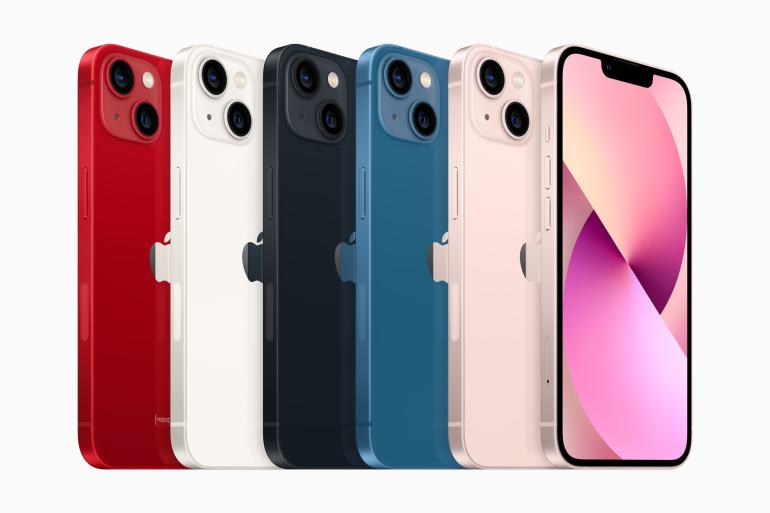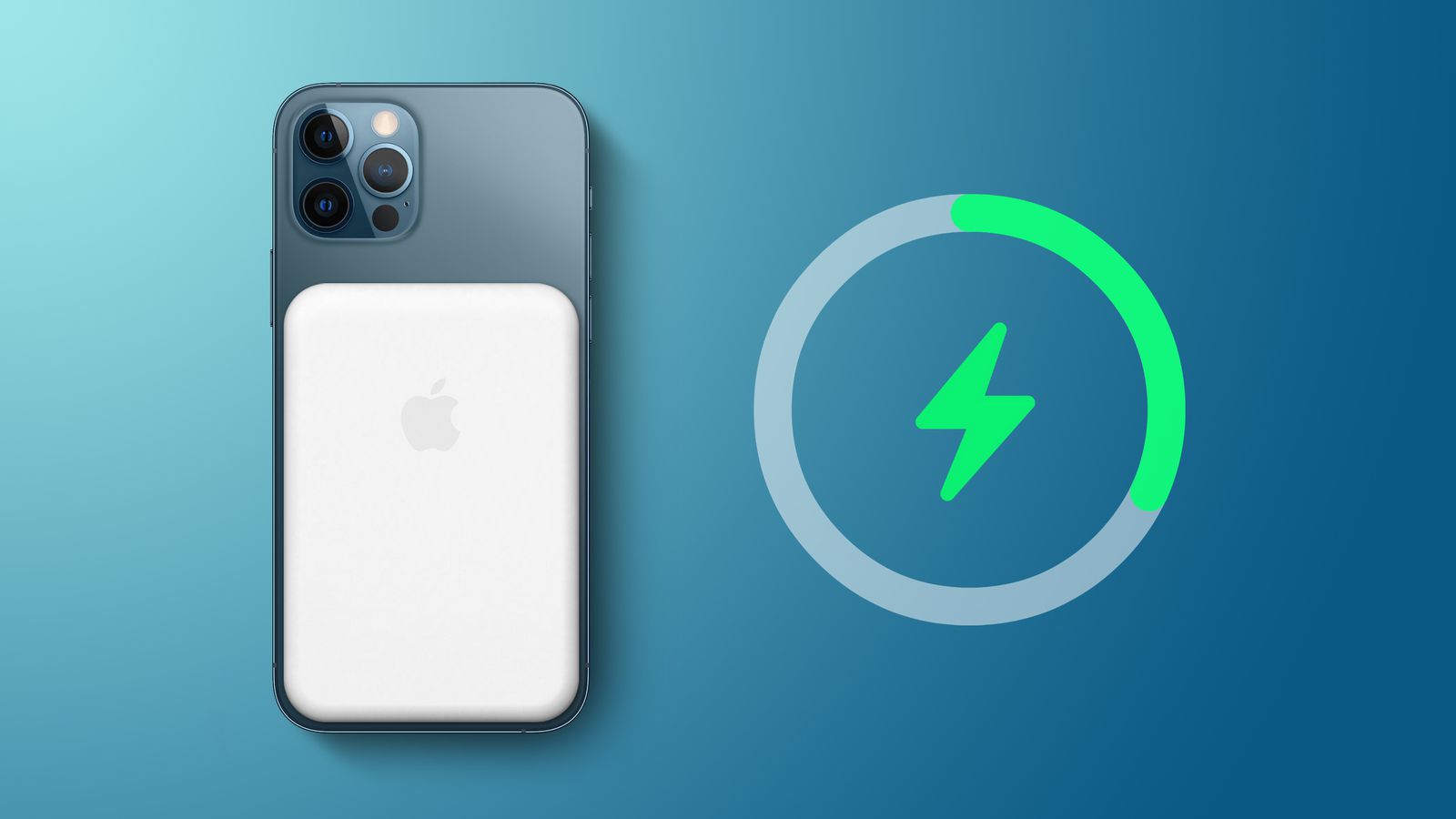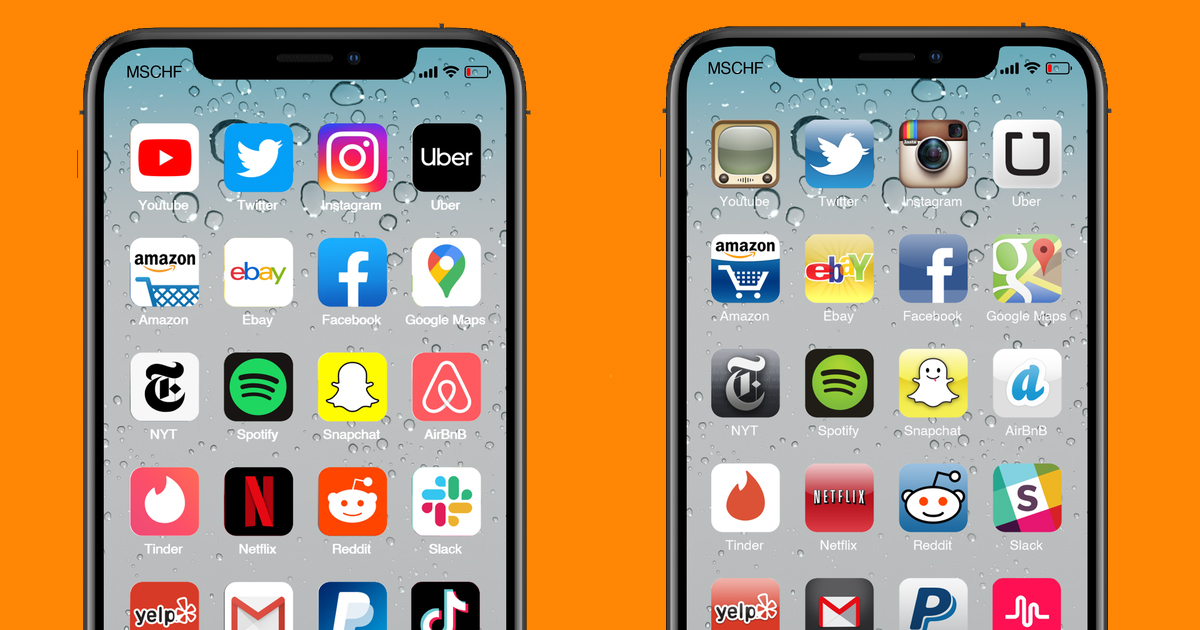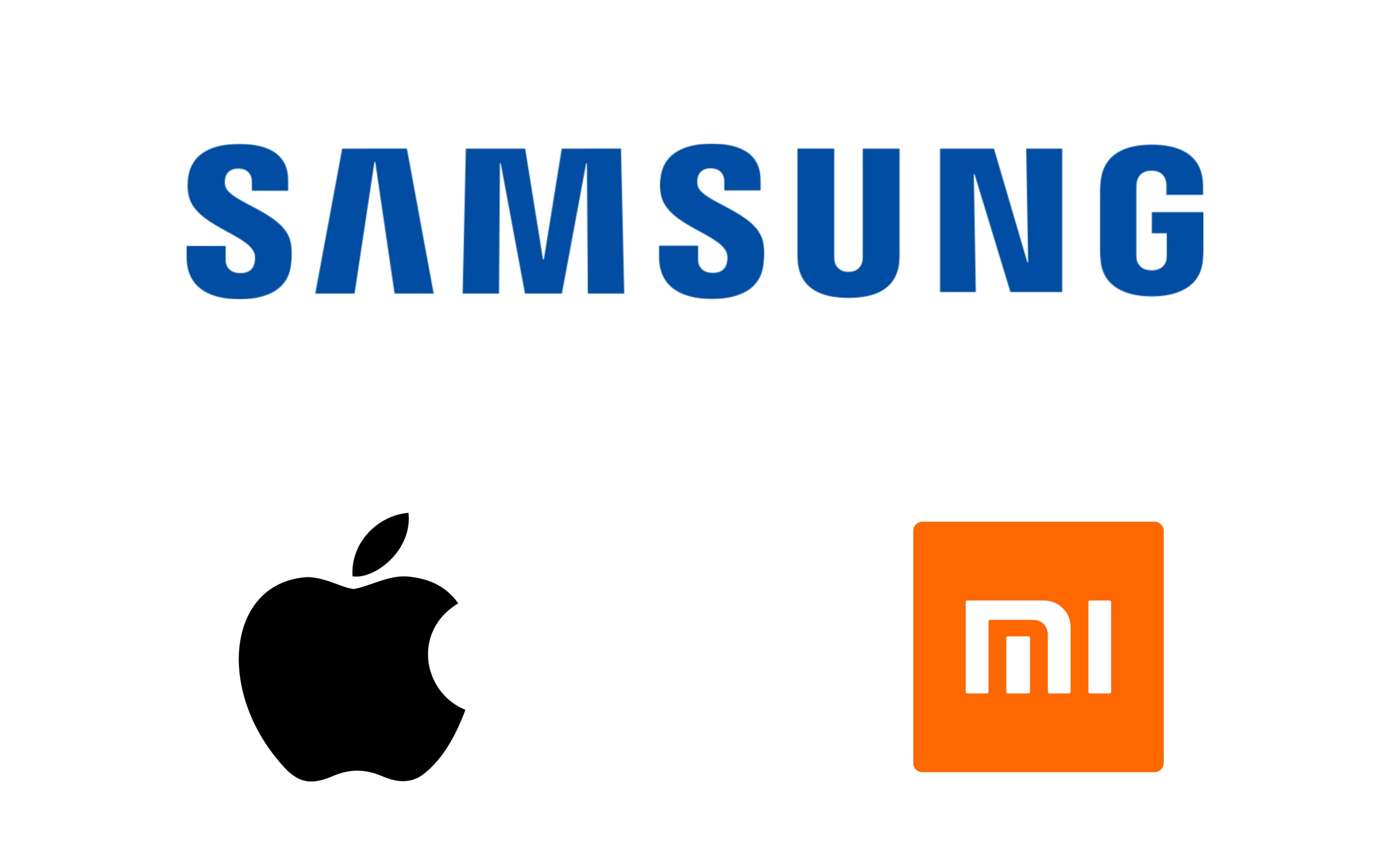The Apple iPhone 13 Pro features a 6.1-inch (15.49 cm, 91.41 cm²) OLED display with an FHD Plus resolution. The brightness has been increased significantly, now reaching up to 1050 cd/m² with the ambient light sensor enabled – this is quite a lot. In the APL50 test, the peak brightness remains basically unchanged (APL50: 1062 cd/m²). With the ambient light sensor disabled, the brightness peaks at 855 cd/m². Apple specifies the peak HDR brightness of 1200 cd/m².
The iPhone 13 Pro and the bigger Max model are the first two iPhones to feature ProMotion screens with adaptive refresh rates which can range from 10 to 120 Hz.
Unfortunately, the OLED panel suffers from PWM flickering (flickering frequency at 10% brightness and below: 240 Hz; at above 10% brightness: 446.4-510.2 Hz). However, Apple has integrated a DC dimming mode into the iPhone 13 Pro. All in all, the iPhone’s screen does quite a bit to ameliorate the OLED flickering.

This year the Pro models feature the version of the A15 Bionic with a five-core GPU. Our review model comes with 6 GB of RAM (LPDDR4x).
In the benchmarks, the A15 offered 9% more single-core performance and 16% more multi-core performance when compared to the A14. In the physics section of the old 3DMark sequences, the A14 Bionic is actually faster than the A15 Bionic, probably because the latter throttled. The additional GPU core does not improve performance in the productivity benchmarks,
The iPhone 13 Pro comes with very fast internal storage, which is why it is able to achieve very good data transfer rates.
The iPhone 13 Pro has a very capable GPU which should be able to handle all modern titles. When gaming, the notch occasionally gets in the way by covering up heads-up displays.




